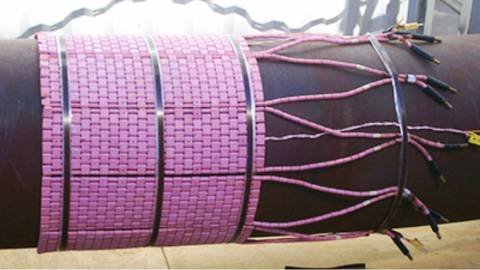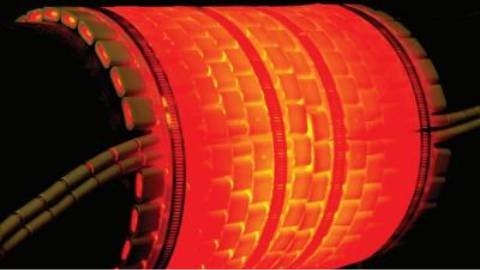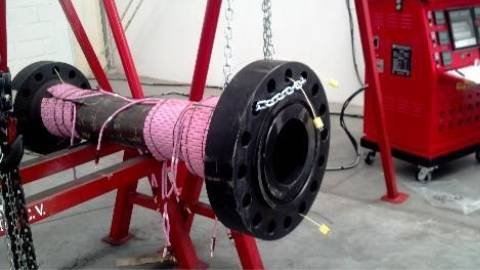Stress relieving in welds
Types of stress relieving in welds and their benefits
Welding is a fundamental process in the manufacture of structures and components in various industrial sectors, such as construction, automotive, aeronautics, among others. Welding allows joining different materials and forming solid and resistant structures. However, the welding process can also generate residual stresses in the structure, which can affect its integrity and durability. To minimize these negative effects, weld stress relieving is used.


Stress relieving in welds is a process performed after welding to eliminate or reduce the residual stresses generated in the structure. These residual stresses occur due to the shrinkage experienced by the material as it cools down after welding. This can generate internal stresses in the structure, which can lead to deformation or fracture of the structure. Stress relieving is performed by applying controlled heat to the area affected by the weld, which redistributes the stresses and minimizes the negative effects.
Stress relieving techniques


There are different techniques for stress relieving in welds, among which are the following:
- Thermal stress relieving: This is performed by applying controlled heat to the area affected by the weld. This process can be performed by means of a stress relieving machine where ceramic blankets will help to transmit a constant and regulated temperature for professional finishes.
- Mechanical stress relieving: This is performed by applying a mechanical load to the area affected by the weld. This process can be performed by using presses or pulling machines.
- Vibratory stress relieving: It is performed by applying vibrations to the area affected by the weld. This process can be performed by using industrial vibrators or industrial vibration motors.
Each stress relieving technique has its advantages and disadvantages, and its choice will depend on the characteristics of the welded structure and the specific needs of the project.
Advantages of stress relieving


- Quality improvement: By reducing residual stresses, the quality and durability of the welded structure is improved. The possibility of cracks or deformations in the area affected by the weld is reduced.
- Cost savings: The elimination of residual stresses reduces the need for repairs and maintenance on the structure. This can generate significant savings in the long term.
- Increased efficiency: Stress relieving increases the efficiency of the welding process by reducing the time and resources required for repairs and maintenance.
- Safety improvement: By improving the quality and durability of the welded structure, the safety of people and equipment interacting with it is increased. This is especially important in sectors such as aeronautics and construction, where safety is a priority.
It is important to note that weld stress relieving not only improves the quality and efficiency of the welded structure, but can also have a positive impact on the environment. By reducing the need for repairs and maintenance, the amount of materials and energy required to maintain the structure in good condition is reduced. In addition, by improving the safety of the structure, the risks of accidents and failures that can affect the environment are reduced.
In conclusion, stress relieving in welds is a fundamental process to improve the quality, efficiency and safety of welded structures. It reduces the residual stresses generated by the welding process and improves the durability of the structure. In addition, it can generate significant savings in the long term and have a positive impact on the environment. It is important to consider weld stress relieving as a fundamental part of the welding process and not as an optional or secondary task.
Comments
We are interested in your opinion, please leave us a comment